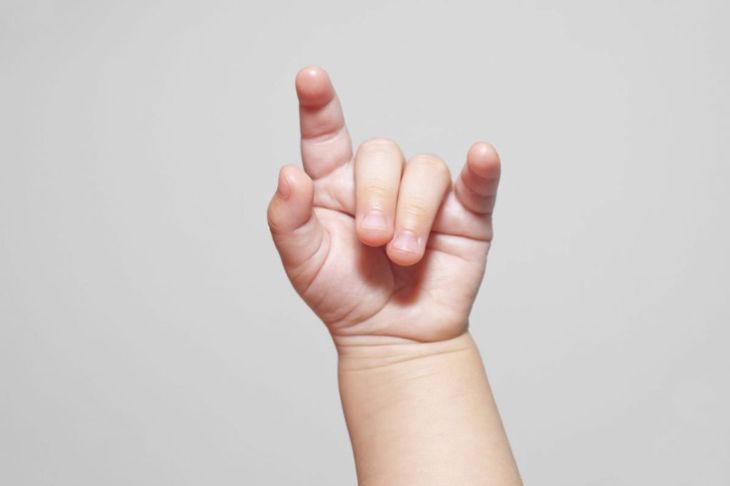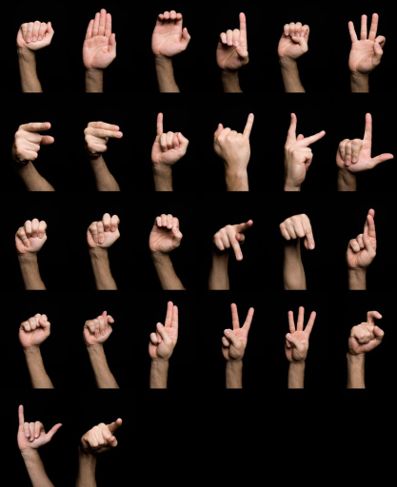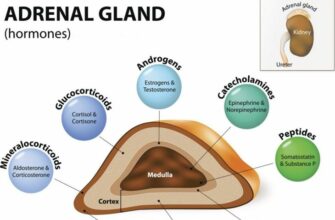Dr. Joseph Garcia pioneered baby sign language to help parents communicate with infants and toddlers. It involves using hands to perform manual signing for basic needs and wants. While infants and toddlers try to communicate their needs, their only way to do so is through crying, at least before they can speak. Cognitive language develops before speech, so your baby can’t communicate verbally even though they are already understanding a lot of what you say. There are many benefits to learning sign language with your baby.
Is Baby Sign Language Worthwhile?
Baby sign language borrows and simplifies gestures from American Sign Language and lets you get the jump on effective communication with your infant or toddler. Teaching and practicing baby sign language is fun to do and provides an opportunity to bond with your child. Baby sign language gives developing children an effective way to communicate months earlier than waiting for vocal communication to develop.
Setting Realistic Expectations
To begin teaching your baby sign language, learn a few signs from books, websites or classes. To maximize your experience, there are a number of tips to keep in mind. Above all, set realistic expectations. Start signing to your child at any age, just be aware that most babies can’t communicate with baby sign language until 8 months or later.
Keep It Interactive
When you practice, hold your baby in your lap with her back to your stomach. Embrace baby’s hands and arms to make signs. Use signs while talking to your baby. This gives signs context. You can also try signing during bath time, feeding or reading. Acknowledge and praise your child when she uses gestures or signs to communicate a need or desire.
First Signs to Learn
Here are a few signs to get you started.
- Eat: bunch your hand then touch it to your mouth.
- More: bunch your hands with the fingers touching your thumb and tap your hands together.
- Drink: Make a C shape with your hand and move it to your mouth.
- Mother: open your hand then tap your thumb against your chin.
- Father: open your hand then tap your thumb against your forehead.
Tips to Get Started the Right Way
Start simple. Find sign language books or visit websites to pick up a few basic signs. Choose signs that mean something to your baby like a ball or pacifier. Start with three to five words to avoid confusion. Use signs during normal everyday activities. To help your baby learn quickly, say the word as you make the sign in a real-world setting. For instance, if your baby gestures for additional crackers, say “more” and make the sign. Then give your baby a cracker. Do this every time your baby asks for more food. Be sure to make a big deal when your baby makes a sign on their own.
Sign Language for Deaf and Disabled
One study suggests sign language helps individuals with learning difficulties learn to communicate vocally. Individuals with hearing impairments or developmental disabilities can also communicate with signs. Signing is sometimes a good alternative to vocal communication for individuals who have difficulty speaking but can manipulate their hands. For these individuals, sign language provides an alternative to speaking and can help them communicate with a caregiver.
Keep Signing Natural
When you read or sing with your baby, you use hand gestures to accentuate or act out certain parts, much to your baby’s delight. Treat baby sign language with the same attitude of love and joy. Choose signs that interest your child the most. In addition to formal signs, encourage meaningful gestures, like pointing and clapping.
Stay Patient
As with many things in parenthood, stay patient with your child when they are learning new signs. Avoid getting discouraged if your child uses signs wrong or doesn’t pick them up right away. You want to improve communication and reduce frustration, so aiming for perfection is pointless. However, do avoid accepting non-meaningful movements as signs.
Replace Crying with Communication
Baby Sign language lets babies six months and older communicate their needs so they don’t have to cry. Your baby will learn how to tell you what they need, including the following:
- When they are hungry
- When they are sleepy
- When they want more
- That they loves you
- When they are thirsty
- Asking for Mom or Dad
Deaf Babies and Sign Language
Deaf or mute babies sometimes benefit from using sign language since they cannot communicate well orally. If you have a deaf baby in your family or are close to someone who does, baby sign language can make a world of difference and help them communicate sooner. If your baby cannot talk, signing gives them a way to communicate, so the earlier you start, the better.

 Home
Home Health
Health Diet & Nutrition
Diet & Nutrition Living Well
Living Well More
More




















